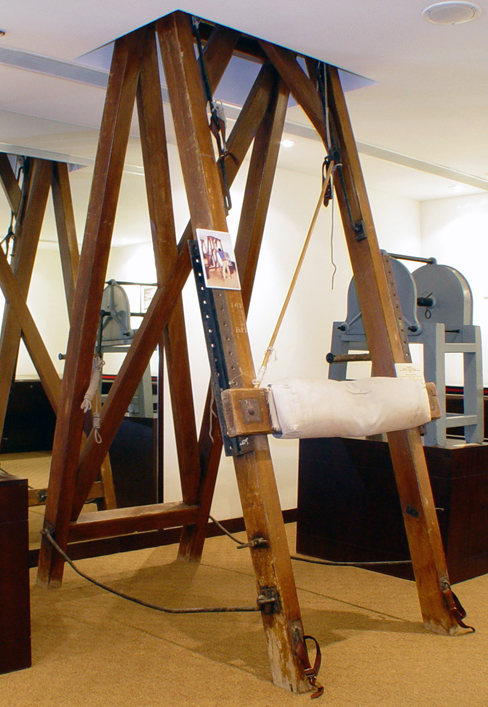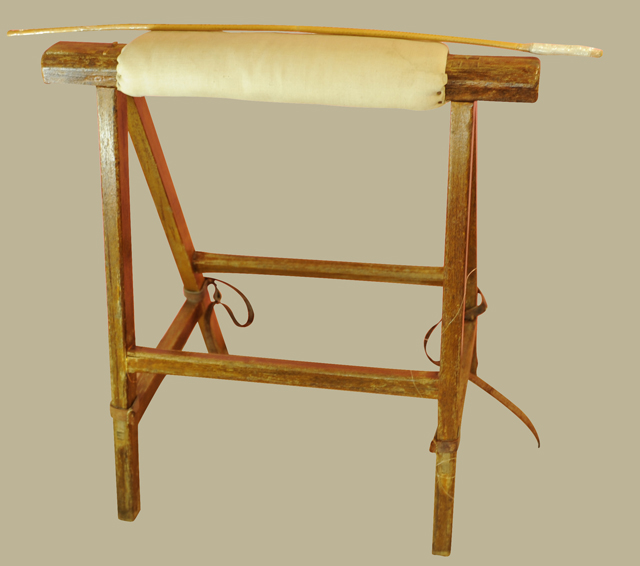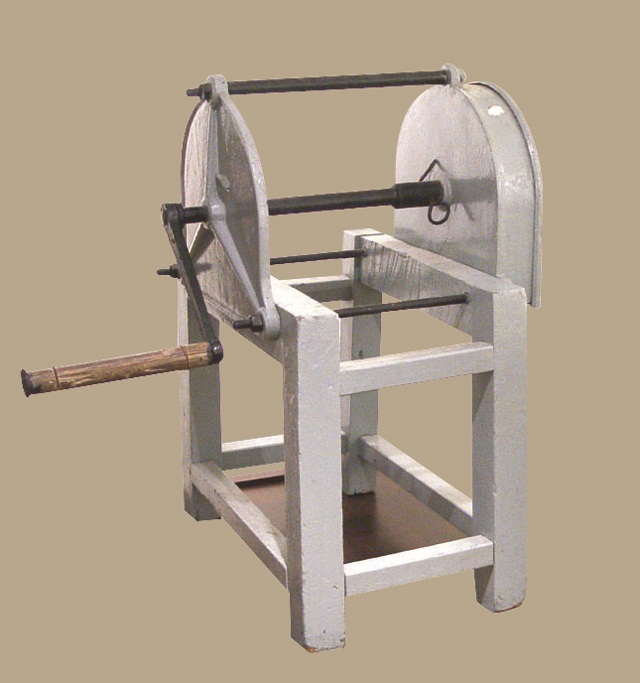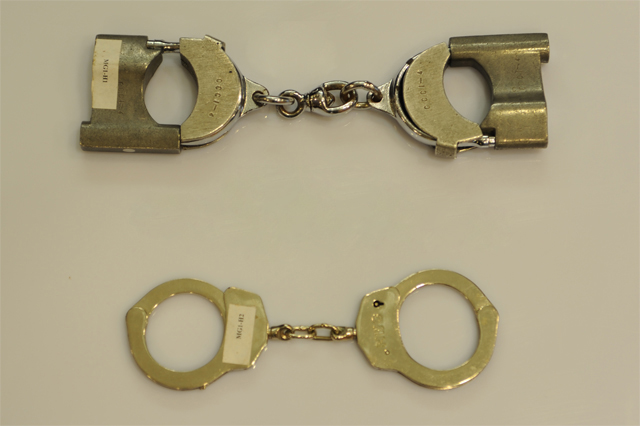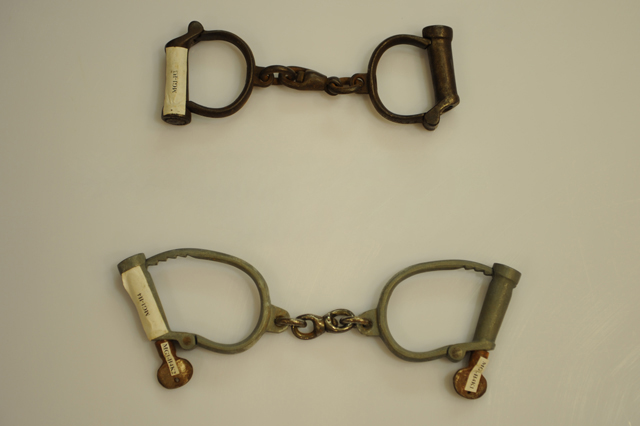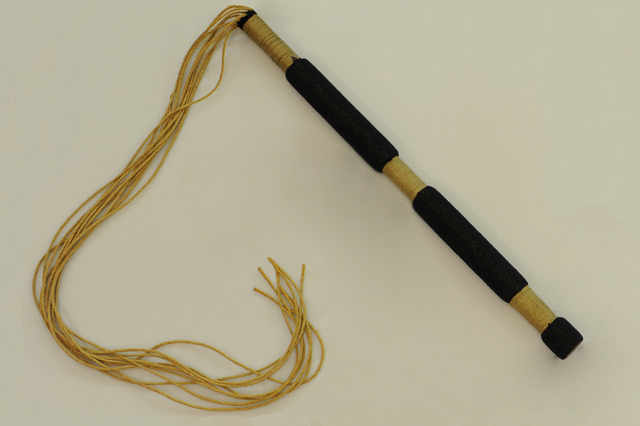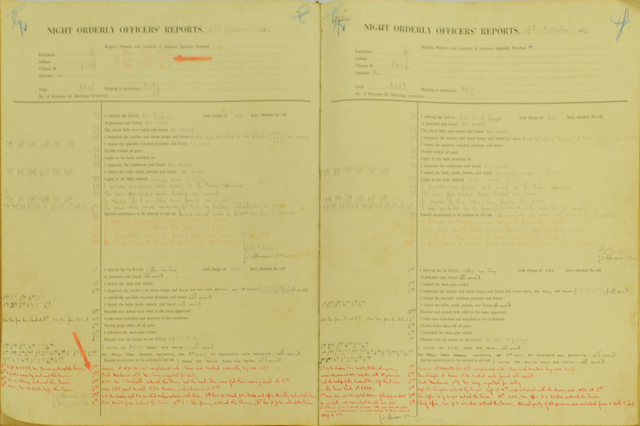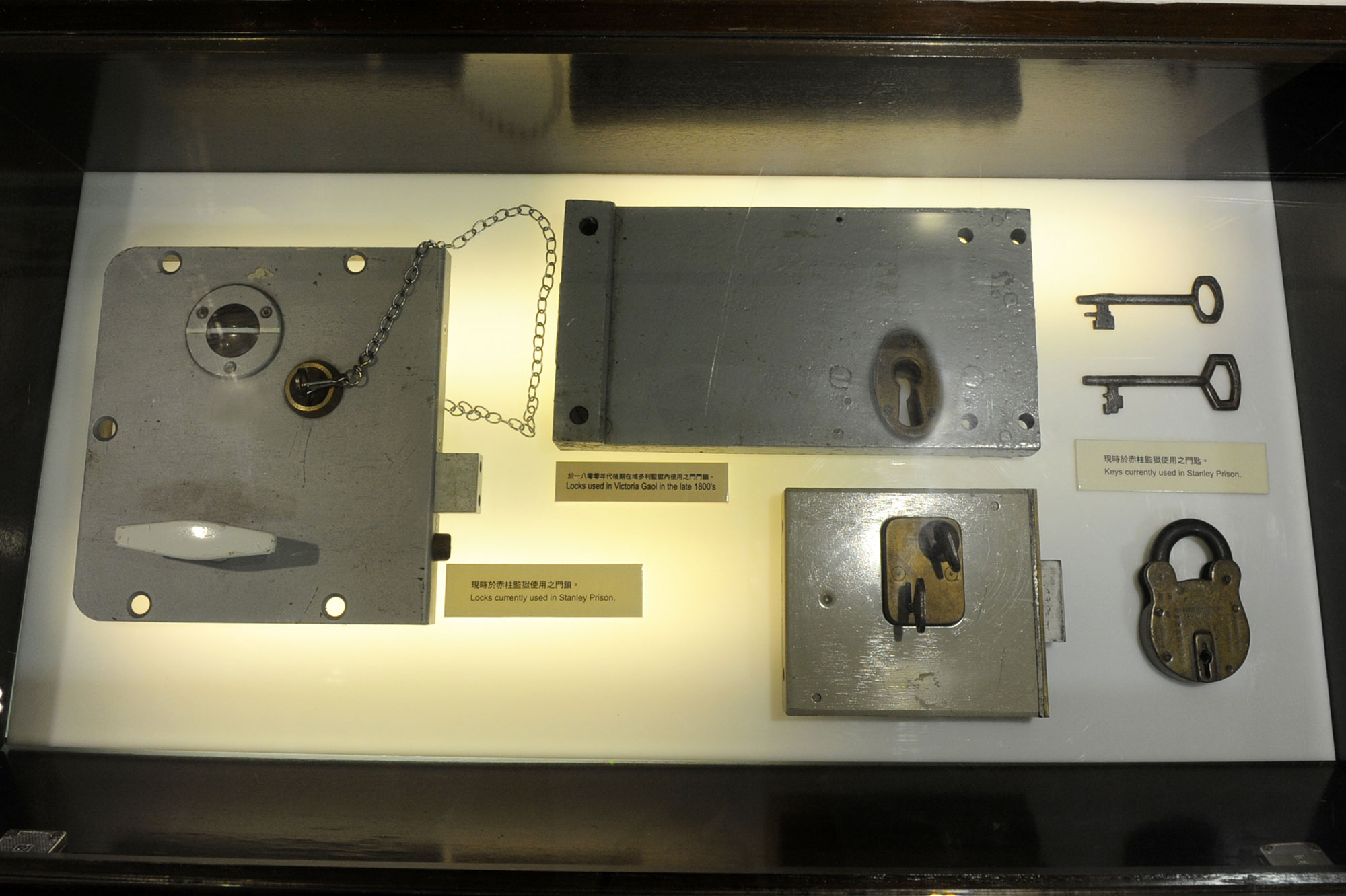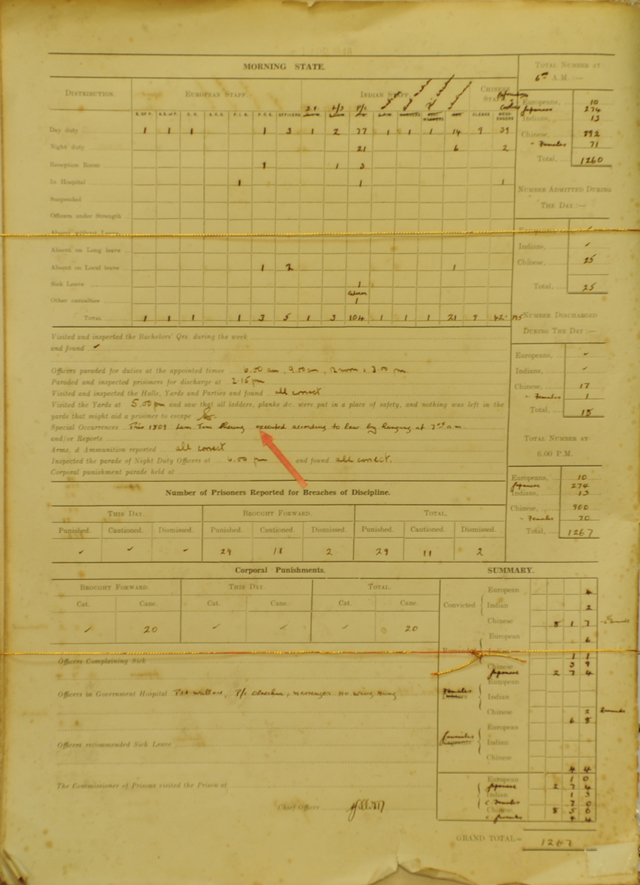


Punishment and Imprisonment


Under the Prison Rules and Regulations of June 1857, a prisoner would get 15 strokes at most after he was certified by a medical officer that he was fit to receive flogging. The earliest Flogging Ordinance was enacted in 1868, which empowered the court to impose flogging on kidnappers in sentencing. Amid changing times, crimes leading to the punishment of flogging continued to increase, and the rules governing the administering of flogging became more detailed. According to the relevant legislation, flogging was imposed on male prisoners only. Flogging imposed on prisoners aged 17 or above could not be more than 18 strokes, a maximum of 12 for those aged between 14 and 16, and a maximum of six for those aged below 14. Flogging should be carried out within six weeks after the final verdict by the court, with all strokes being performed in one go. The Superintendent should attend the administering of flogging and record the time of flogging, the number of strokes and the instructions given by the medical officer, etc.


